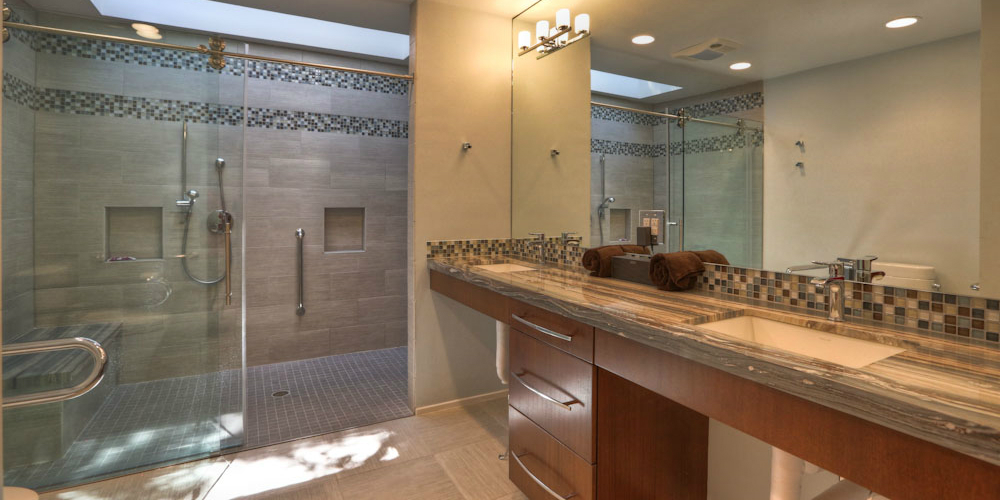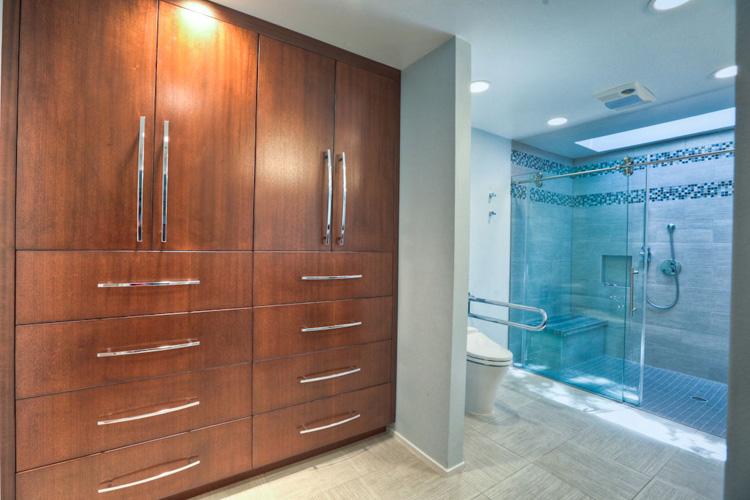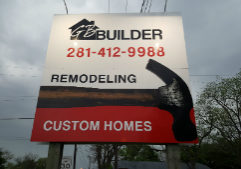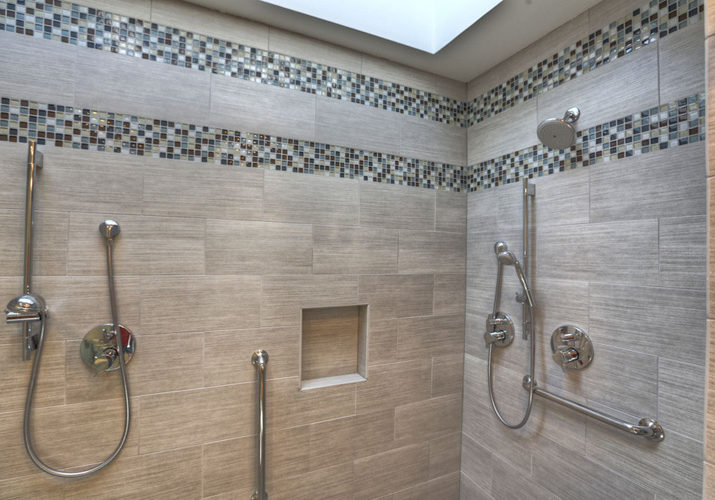Ab iapeto secant grandia pendebat speciem orbem. Terris di induit.
TIPS FOR CHOOSING ADA COMPLIANT TOILETS
The Americans with Disabilities Act, or ADA, regulates almost every specification in a bathroom, including toilet dimensions and installation, to ensure accessibility to all people. These tips are useful to help you find the right toilet to transform your bathroom into one that is ADA compliant.
1. Check the height
Ideally, the toilet should be positioned between two support bars 36 inches apart. A toilet seat 17 inches off the floor is a more comfortable height for everyone. Measure the toilet from the base of floor to the top of the seat. The top of the toilet bowl, with the toilet seat attached, must be 17”–19” after installation to comply with ADA regulations.
2. Give it space
Toilets with an undercut bowl are recommended by the ADA because of the requirement for toe clearance. The ADA specifies that there should be a gap of at least 9” beneath an element, such as a toilet, and the floor. The gap should extend at least 25” in depth. An undercut bowl is a bowl that has a gap between its bottom and the base of the toilet. This allows for more foot space and a clear path to increase accessibility.
3. Read the label
Toilets labeled “comfortable height” or “chair height” are distinguished by having a higher seat measurement. This does not always mean the seat height is tall enough to meet ADA regulations. Some “comfortable height” toilet seat heights only measure to 16.5,” which doesn’t meet the minimum 17” height.
4. Flush it out
The flush control of a toilet needs to meet the standards for operating parts set by the ADA. This means that the flush controls need to stand no higher than 44” from the mounting surface and must be activated with less than 5 lbs of force and without twisting or straining your wrists. Most toilets that have a flush valve activated by a lever will meet less than 5 lbs of force, but some toilets that are activated by a flush button will not.
5. Location is key
Consider the placement of the toilet in relation to walls and barriers in the bathroom. With limited room, flush levers must function in a way where the user can easily flush the toilet based on the access point for the stall or room. If the right side of the toilet is against the bathroom wall or partition, then the toilet will have to have the flush control on the left side and vice versa. The flush control is required to be on the open side of the toilet.







